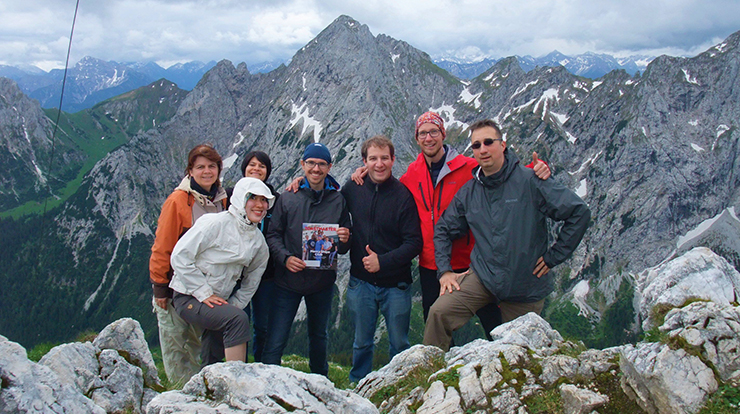Many factors influence a club’s success: membership numbers, renewal rates and education achievements, for example. But an intangible and often overlooked factor may be the most essential contributor to a club’s long-term success—its culture!
Culture, in this case, refers to the club’s environment—that blend of location, members, values, customs and practices. The easiest way to describe it is to say, “It is the way we do things around here.” Culture can be easier felt than measured, yet it’s what causes members to remain active in their clubs. It’s the magnet that attracts guests to come back and join. Isn’t it time to take the pulse of your club’s culture?
The Fun Factor
People do business with those they know, like and trust. Popular clubs rely on a similar formula. Friendly and inviting clubs that provide an enjoyable experience and generate positive energy attract new members. Long ago, Toastmasters founder Dr. Ralph C. Smedley asserted that people “learn in moments of enjoyment.” How fun is your club? Just because members have a good time doesn’t mean they aren’t serious about improving their communication and leadership skills. Plan creative Table Topics sessions and entertaining themes. When learning is fun, achievement soars. Club meetings and member experiences should be both fun and fruitful.
Long ago, Toastmasters founder Ralph C. Smedley asserted that people "learn in moments of enjoyment." How fun is your club?
James Ware, an adult-learning expert and managing editor of the international journal Work&Place, says, “Learning can be exhilarating, eye-opening and empowering.” But he adds that learning can also be stressful and even threatening because it can require changing long-held beliefs, mastering new skills, doing new things and facing the possibility of failing. “Making [learning] fun along the way increases the possibility that members will value it, enjoy it and feel good about themselves,” says Ware, author of the book Making Meetings Matter. “And if they experience those feelings, they will only want more.”
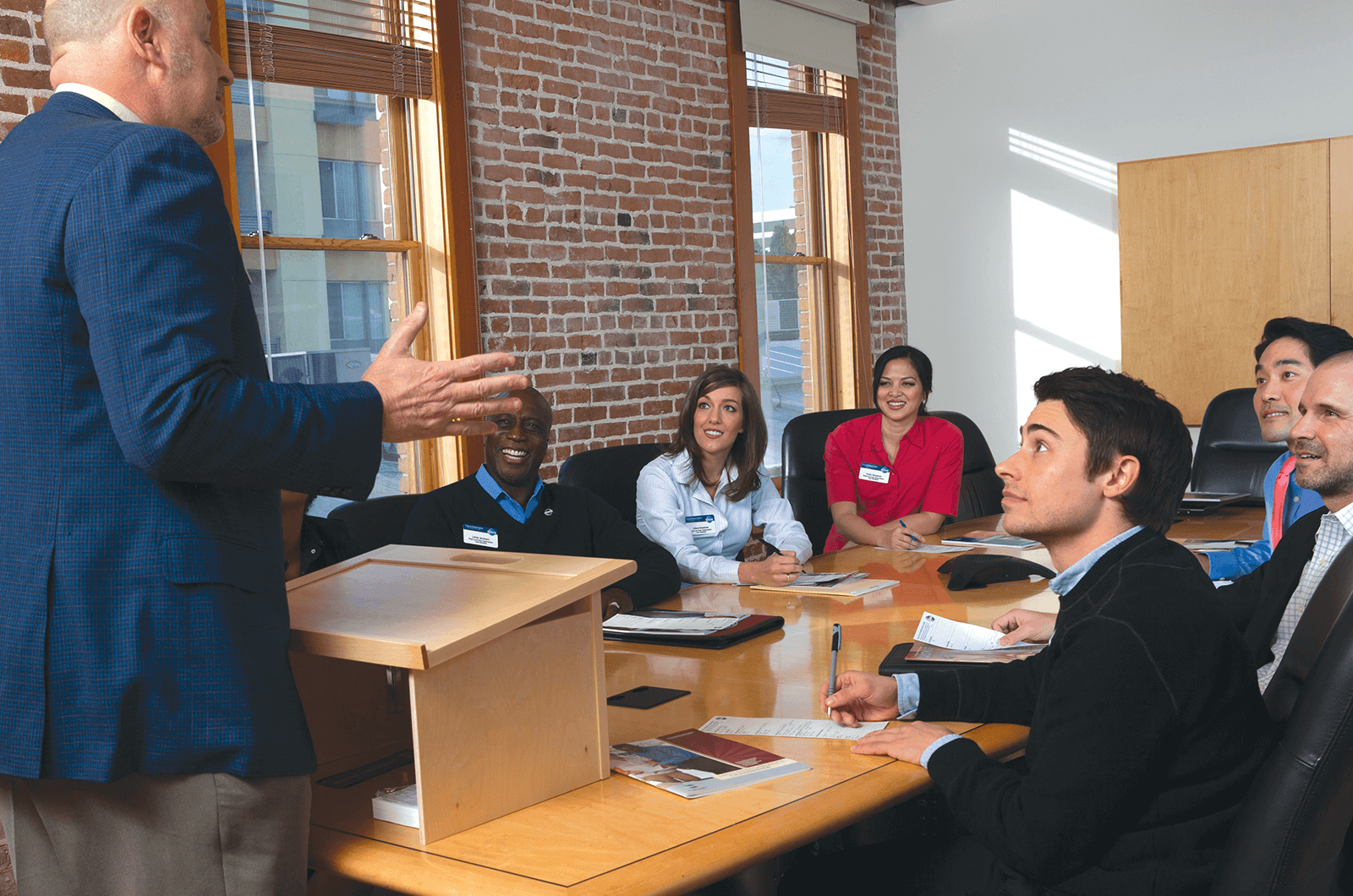
A Helping of Hospitality
First impressions count at Toastmasters meetings. How you greet guests speaks volumes about your club and its culture. Do you shake hands, invite visitors to sign your guest register, issue them a name tag and introduce them to club leaders and other members?
Friendly and inviting clubs seat guests next to veteran members who then explain meeting procedures. Introductions are made early and guests are formally welcomed with applause. Former Area Director Gina Cefalu of Chamber Chatters in Pleasanton, California, recalls a best practice from the nearby Danville Toastmasters: “At the beginning of meetings, we engage in round-table introductions—everyone present, including guests, announces their name, where they live, how long they’ve been in Toastmasters. They also answer a question related to the theme of the day—for instance, a favorite vacation spot or a New Year’s resolution.”
“Toastmasters is more than ever a powerful tool to fight hatred and mistrust. Sharing the values of our organization helps us believe in a peaceful future for Europe.”
—Odile Petillot, Past District 59 GovernorTime should also be allotted at the meeting’s end to answer guests’ questions and hear their feedback. The hospitality doesn’t end there; be sure to follow up with your guests in the following days—perhaps with a thank-you note for attending and a friendly invitation to return. A culture of caring is critical to the success of any club.
A Timely Principle
Starting and ending club meetings on time is also crucial. It shows respect for all attendees, members and guests alike, and helps make a positive impression. Valuing people’s time is a key part of program planning and meeting organization.
Also important for planning and organization purposes:
- Make sure members know what the meeting agenda is in advance.
- Be sure all meeting roles are filled and that those filling them know their responsibilities.
Do Your Evaluations Elevate or Deflate?
One telltale indicator of a club’s culture is the way evaluations are handled. If speech evaluations are negative, destructive or mean-spirited, guests and members alike will feel uncomfortable. They are less likely to take risks and try new approaches for fear of exposing themselves to criticism. When evaluations are supportive and encouraging, speakers are more inclined to experiment. This doesn’t mean telling a lie or giving only positive feedback, it means tempering the negative with positives and making sure critiques are constructive, with an eye toward helping speakers improve.
The Pathways learning experience is a great help in this regard. In Pathways, speech evaluators use standardized criteria that help increase the consistency of evaluations for all members. Evaluation guidelines are also more rigorous and expansive.
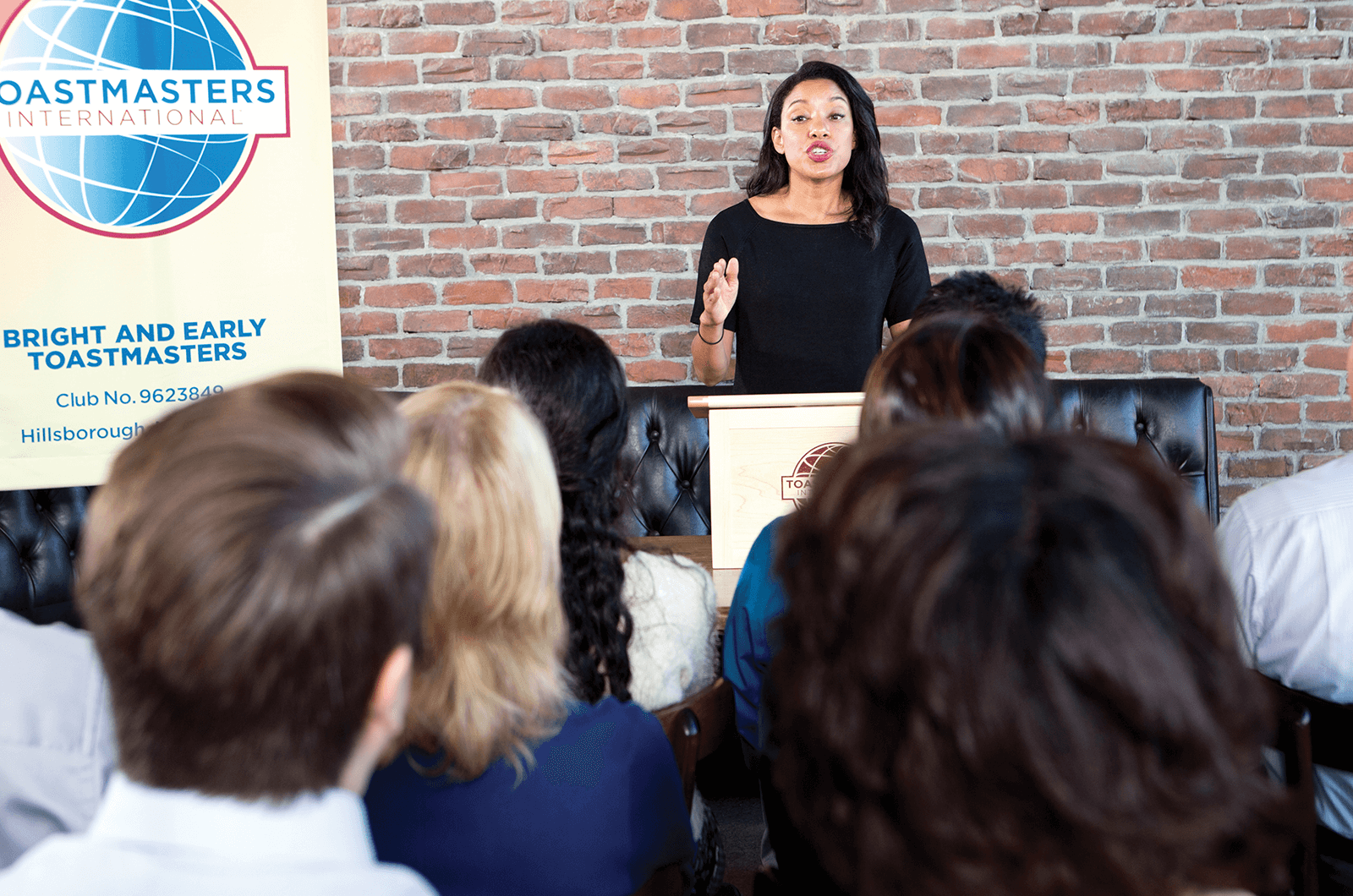
The Role of Club Officers
Officers are the leaders of Toastmasters meetings—they set the tone and establish practices that define the club experience. Are your leaders professional? Are they personable? Do they work well together as a governing body? Teamwork bodes well for the entire club. When club officers show a genuine interest in visitors, these potential members feel valued and are more likely to join the club. Officers who model hospitality, generosity and friendliness set the best tone for a club, and all members can follow suit.
Good Will to All
Most clubs comprise a mix of men and women of different ages, professions, backgrounds and beliefs, yet the members all come together to improve communication and leadership skills. Each club is a treasure trove—all members have stories, experiences and special skills to share. All clubs can embrace membership diversity and prosper by celebrating the different styles, backgrounds and sensibilities of their members.
Clubs that mute differences, overlook members and play favorites ultimately lose out. Odile Petillot, DTM, a Past District 59 Governor for Continental Europe, well understands the value of diversity. A member of several clubs in Paris, France, she views District conferences, speech contests and clubs with cultural diversity as opportunities to mingle with people from many different backgrounds, cultures and religions.
“These are laboratories where we can practice empathy and understanding,” says Petillot, a 29-year member, “and where members can open up, share their opinions, listen to other viewpoints, and discover other habits, traditions and ways of thinking and behaving.”
Tale of Two Tongues
A vast number of clubs today are bilingual. Many divide each meeting’s time between English and another language, whether it’s French or German, Japanese or Spanish, Tamil or Afrikaans, Mandarin or Cantonese. Petillot is a founding member of the first bilingual English-French club in Paris. The club’s eclectic mix—with French residents wanting to learn “the American way,” English speakers improving their French, expatriates and immigrants—fosters an environment for learning about other cultures.
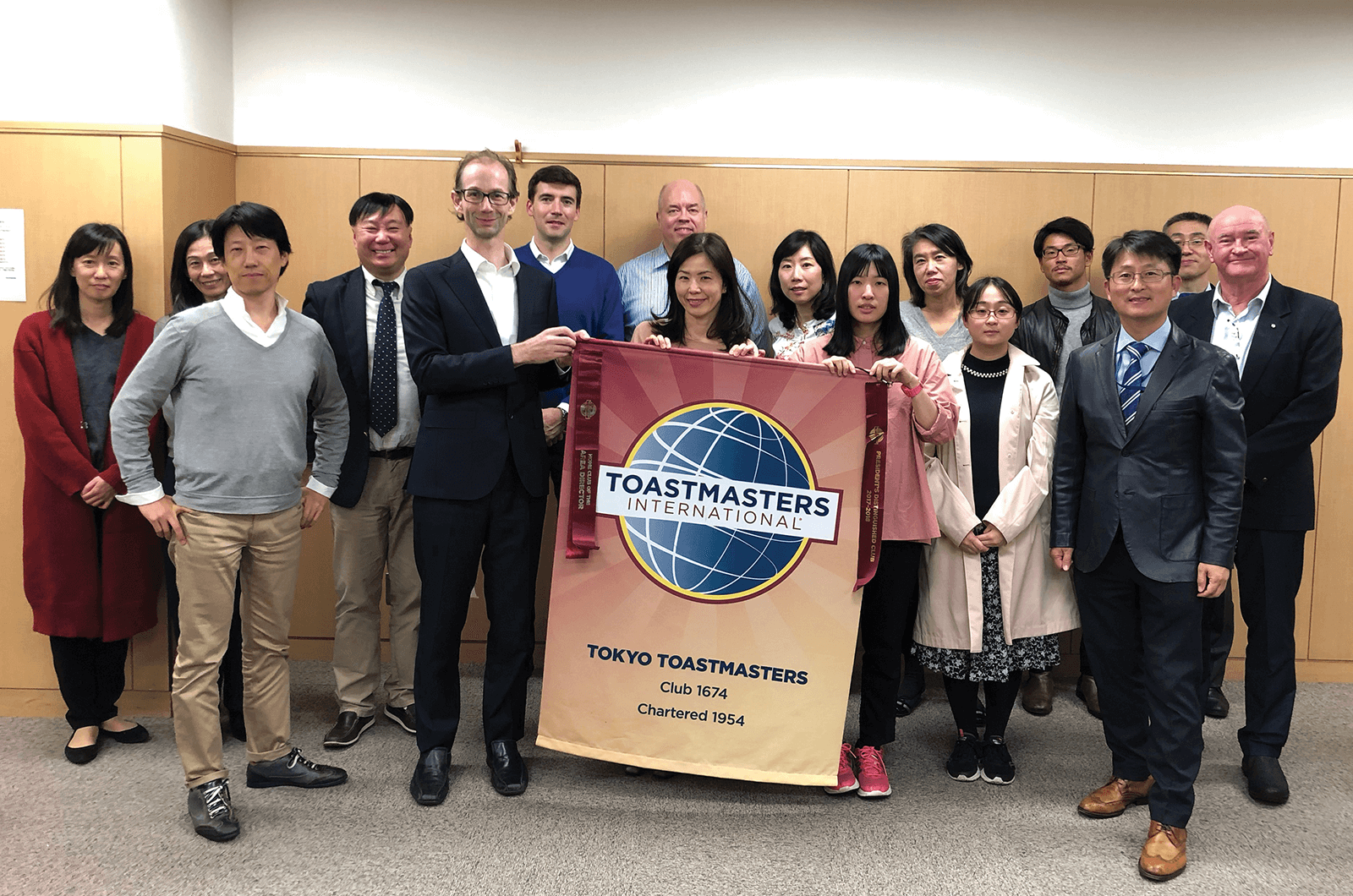
Toastmasters International’s celebration of cultural diversity has never been more relevant, Petillot adds. “In times when nationalism tends to reappear in several European countries, Toastmasters is more than ever a powerful tool to fight hatred and mistrust. Sharing the values of our organization helps us believe in a peaceful future for Europe,” she says.
Milestones, Rules and Rituals
The Toastmasters experience is full of milestones to celebrate and rituals to observe. A number of clubs decide that each member who completes an Ice Breaker speech receives a membership pin to acknowledge their achievement. Many clubs have anniversaries of their formation. Are you celebrating yours? Reach back and invite charter members to return. Invite spouses, partners and loved ones to join in the festivities surrounding your club’s anniversary or its achievement of President’s Select, Select or Distinguished status each year.
While all clubs are guided by operational bylaws, clubs can also create their own rules of engagement for members and meetings. For instance, some clubs pay the attendance fee for officers who attend District conferences. Others cover the cost of a club president’s breakfast at leadership events. Clubs that meet over a meal at a restaurant sometimes establish the custom of treating a first-time guest to a meal. Sharing a meal is sure to forge a bond.
When new members are inducted into the Tokyo Toastmasters club in Japan, they read a customized version of the Toastmaster’s Promise aloud. They are followed by other club members, from countries such as Japan, Korea, India and Ireland, who also read the pledge out loud. This sharing of vows, not unlike a marriage, bodes well for all parties.
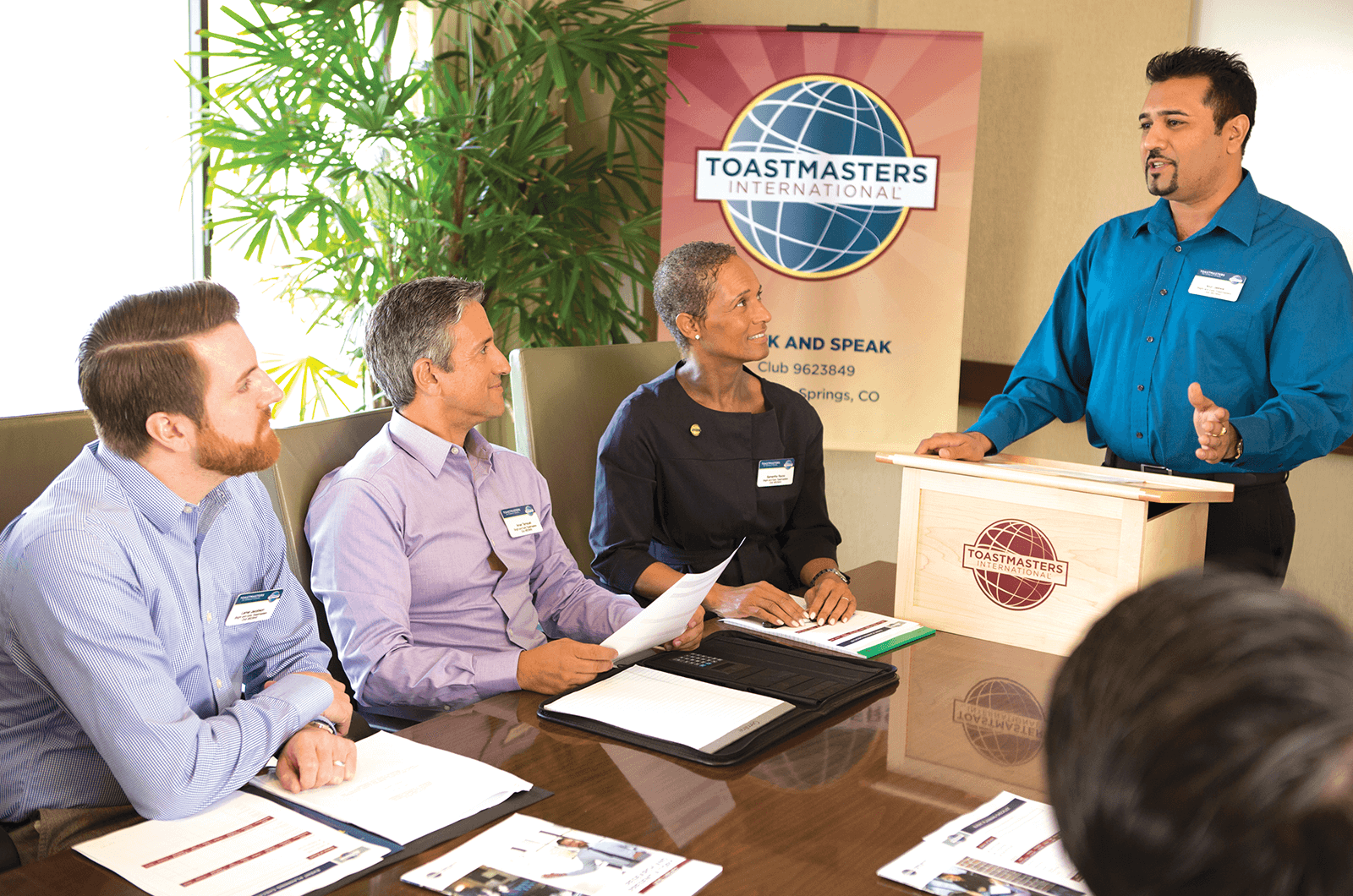
Winners of the Best Table Topics or Best Speaker portions of a club meeting are often awarded ribbons for their achievement. Sometimes winners are given a club trophy for the duration of the meeting, but some clubs give them the option of bringing the trophy to work for the week—or until the next meeting—to showcase a member’s success to co-workers. This practice also ensures the member’s return to the next meeting, if only to return the trophy, or perhaps to defend his victory! Such forms of recognition credit members for a job well done and help the recipients feel valued.
Pathways is also great for bestowing recognition. In the new program, you can give online feedback badges to other members of your home club—badges with uplifting labels like Collaborative, Innovative and Inspirational.
How can you assess your club’s culture? Among the best resources to guide you is a club self-evaluation checklist. It will help you identify areas for improvement in operations and efficiency, and even in friendliness—all key elements of a club’s culture.
The late New York City Mayor Ed Koch famously always asked his constituents, “How am I doing?” You, too, should be asking this question about your club. Ask new as well as veteran members about their experiences. And don’t underestimate the value of your guests’ observations. Visitors arrive with fresh eyes, and it’s essential to your club’s future to appeal to these guests. Welcome them and meld your club culture with what’s important to them—not just to sustain your club, but to grow it too.
Craig Harrison, DTM a Past District Director, is now a professional speaker based in the San Francisco Bay Area. He cites joining Toastmasters in 1992 as one of the best decisions in his career and life. Email him at craig@expressionsofexcellence.com



 Previous
Previous
 Previous Article
Previous Article

